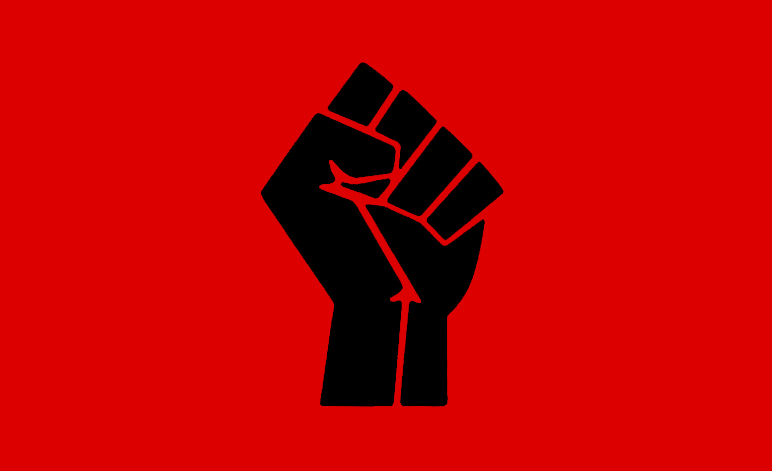Snippet from the Past: The First Black Power Conference
The National Conference on Black Power was the first formal large-scale gathering to explore these ideas, consisting of more than 1,000 delegates representing 286 organizations and institutions from 126 cities in 26 states, in addition to the countries of Bermuda and Nigeria, that solidified a message for the movement. From July 20 to July 23, members of the Black Power movement, including Nathan Wright, Jr., Ossie Davis, James Farmer, discussed pressing issues that affected the African-American community. Of many resolutions discussed, only the development of the Black Power Manifesto won official approval, but more than eighty were proposed. The manifesto, released in 1968, condemned “neo-colonialist control” of Black populations and called for the circulation of a “philosophy of Blackness.” The document revisited ideas of reparations for the black community from promises made to African-Americans during Reconstruction; The Black Power Manifesto asked for white, capitalist America, to “begin paying reparations to black people in this country.” It asked for a total of $500,000,000, calculated by accruing $15 for every African-American at the time of its publishing. The document also outlined how the Black Power movement intended on using the lump sum, which they stated should be managed and administered by black individuals to further education and health care in black communities.
The Black Power movement, though important, was met with great controversy. Many feared that the dialogue would encourage splitting the US into two, especially coming on the heels of riots in Newark a few days earlier. Among the many disputed philosophies it embodied, an important part of the movement was the Black Panther Party, a revolutionary black nationalist and socialist organization established in 1966 that believed armed self-defense was necessary to monitor police brutality. The Black Panthers and their ideologies remain one of the most recognized aspects of the Black Power movement. Arthur Ashe, who was a supporter of nonviolent strategies and protests differed immensely in style, rejecting many of the ideas circulated by the Black Power movement.
The National Conference was the first Black Power gathering of its kind: it held workshops and presented papers for programs that would help empower black people. Following 1967, subsequent conferences were held in ‘68 and ‘69. The conferences supported the growth of these Black Power organizations and reflected the ideas that black youngsters arrived at when non-violent civil rights persuasion failed. The movement was a forerunner to many current approaches to political activism, engaging with ideas of structural and systemic inequality and identity politics. Looking at the history of the Black Power movement, it is easy to see its lasting effects in the current #BlackLivesMatter movement and the ongoing struggle for black empowerment.
Courtesy of HistoryComestoLife.

